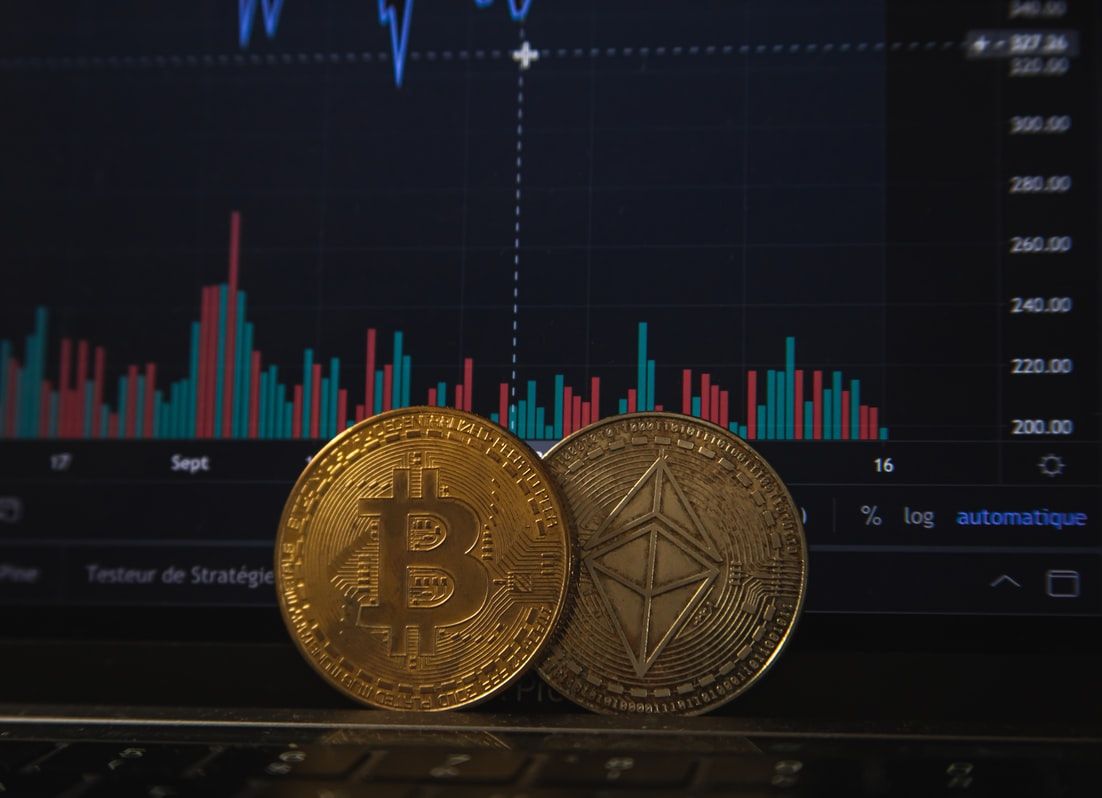The waiting game continues for crypto traders after Bitcoin (BTC) is once again pinned below resistance at $38,00 and awaiting some spark in momentum that can sustain a rally back to the $42,000 range. The price of Bitcoin has traded in a range between $36,000 and $40,000 over the past couple of days and with tensions between Ukraine and Russia escalating, many traders are less than optimistic about Bitcoin’s short-term prospects.
Also Read| BPCL shares gain over 1% on collaborating with Hero MotoCorp for smart EV infra
Buyers would need to make a significant move over $38,000 to reverse the price decline that has occurred from the November top of approximately $69,000. Brief rallies have been limited below resistance levels in recent months, indicating that sellers have been in charge.
Also Read| Nykaa shares surge over 4% on settling litigation with L’Oreal S.A.
However, bitcoin may experience more gains in the short term, especially given the relative strength index (RSI) is not overbought on the daily chart. The next level of resistance is around $42,000, which may put a halt to the current advance.
Also Read| Gold, silver and other metal prices on Wednesday, February 23, 2022
Bitcoin fear and greed index on Wednesday, February 23, 2022, went from the extreme fear level of 20 to the level of 25 as per the alternative. me. The Fear and Greed index is a technique for assessing investors’ emotions toward the market.
Also Read| Sensex surges over 300 points while Nifty tops 17,100 in early trade
Bitcoin is currently trading around $38,067.93, up 3.63%. In the last 24 hours, the highest it touched was $38,359.85 and the lowest was $36,691.90. Bitcoin has a current market cap of $721,993,742,705. It has a circulating supply of 18,966,018.00 BTC coins and a maximum supply of 21,000,000 coins.
Also Read| US Stock Market: DJIA, S&P500, Nasdaq and Russell fell over 1% on Tuesday
NY stock exchange parent company ICE buys stake in tZero security token platform
The Intercontinental Exchange (ICE) has announced a strategic investment in the private digital securities marketplace and crypto asset liquidity platform tZero. ICE, which owns and operates 12 global exchanges including the New York Stock Exchange (NYSE), made the announcement on Feb. 22, however, there was no mention of the terms or details of the investment other than ICE becoming a “significant minority shareholder” in tZero. It did state that as part of the investment, ICE’s Chief Strategy Officer David Goone will join tZero as its new CEO serving on the board of directors. tZero operates a blockchain-based alternative trading system (ATS) upon which companies can list tokenized versions of their stocks. The firm is fully regulated with the Securities and Exchange Commission (SEC) and acts as a broker-dealer in the digital asset space, also offering a number of cryptocurrencies. The platform only offers a handful of tokenized stocks at the moment, one of which is early investor Overstock under the ticker OSTKO.
Also Read| Trending Stocks: Hero MotoCorp, Nykaa, Capri Global and others in news today
ASCI issues guidelines for the promotion and advertising of cryptocurrency and NFTs
The Advertising Stands Council of India (ASCI) has released guidelines for crypto or virtual digital assets related advertisements, which will be applicable on or after April 1. Earlier advertisements must not appear in the public domain unless they comply with the new guidelines after April 15, 2022. The ASCI said it held extensive consultations “with different stakeholders including government and the virtual digital asset industry” to frame the guidelines. The primary guideline requires all ads for VDA (virtual digital asset) products and VDA exchanges or featuring VDAs, to carry the following disclaimer: “Crypto products and NFTs are unregulated and can be highly risky. There may be no regulatory recourse for any loss from such transactions.” According to the guidelines, the words “currency”, “securities”, “custodian” and “depositories” may not be used in advertisements of VDA products or services as consumers associate these terms with regulated products. The guidelines also seek that cost or profitability of VDA products shall contain clear, accurate, sufficient and updated information. For example, “zero cost” will need to include all costs that the consumer might reasonably associate with the offer or transaction. The guidelines include a requirement that “returns for periods of less than 12 months shall not be included” in advertisements in order to make sure that “information on past performance shall not be provided in any partial or biased manner.” India’s advertising watchdog believed that several of the crypto-related advertisements “do not adequately disclose the risks associated with such products.”







